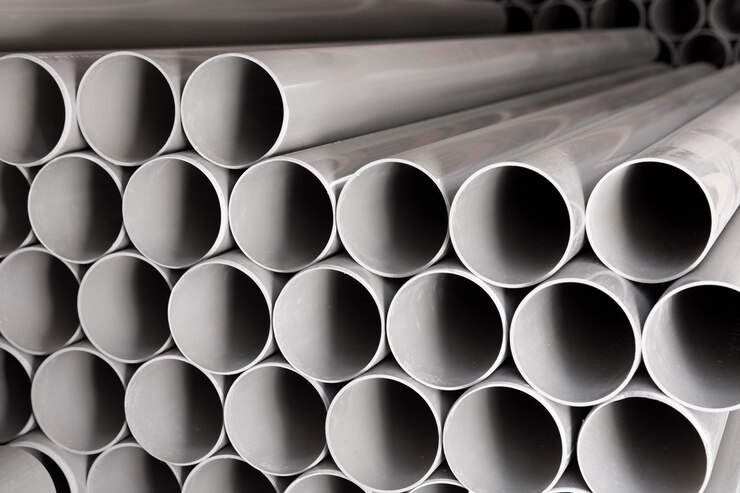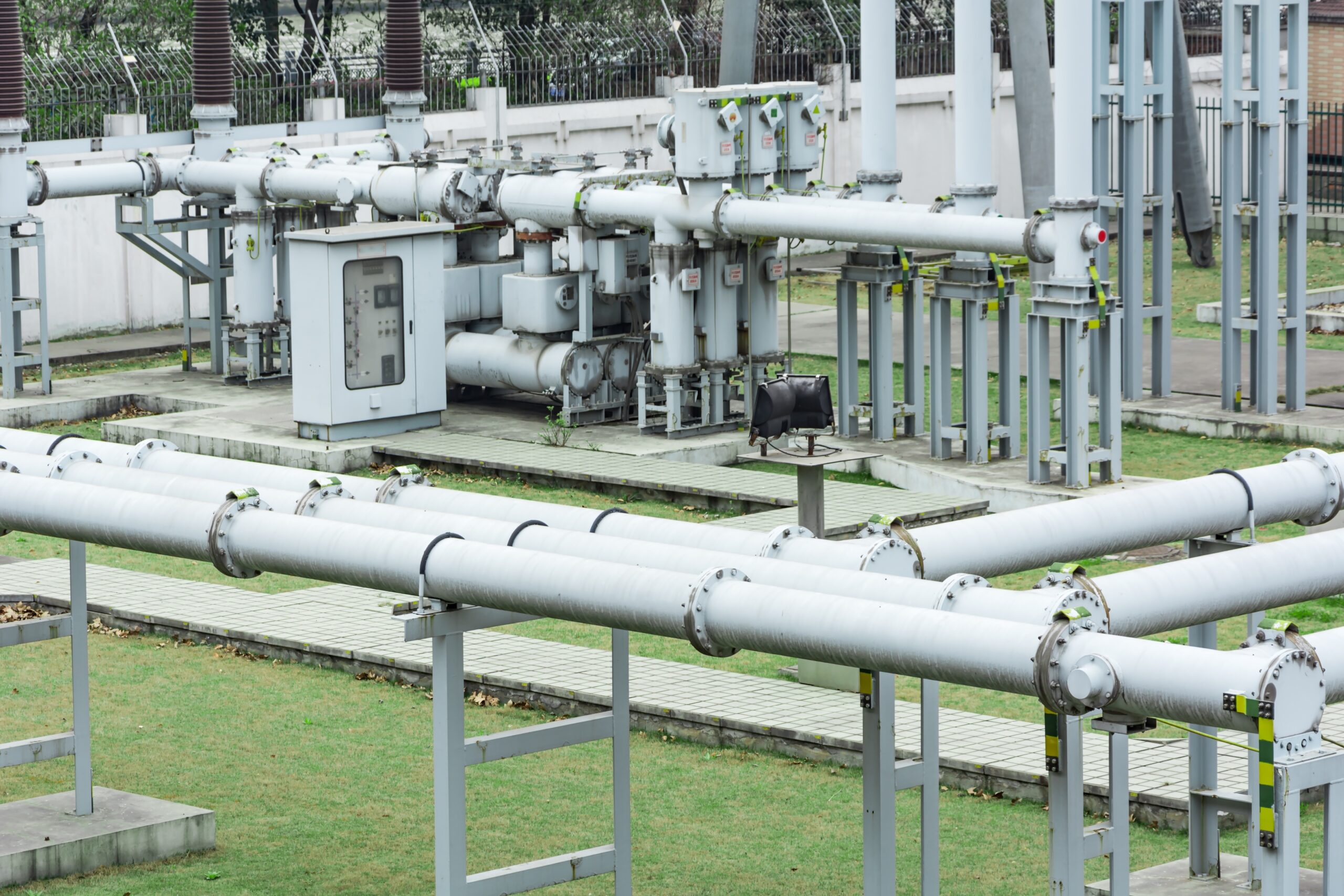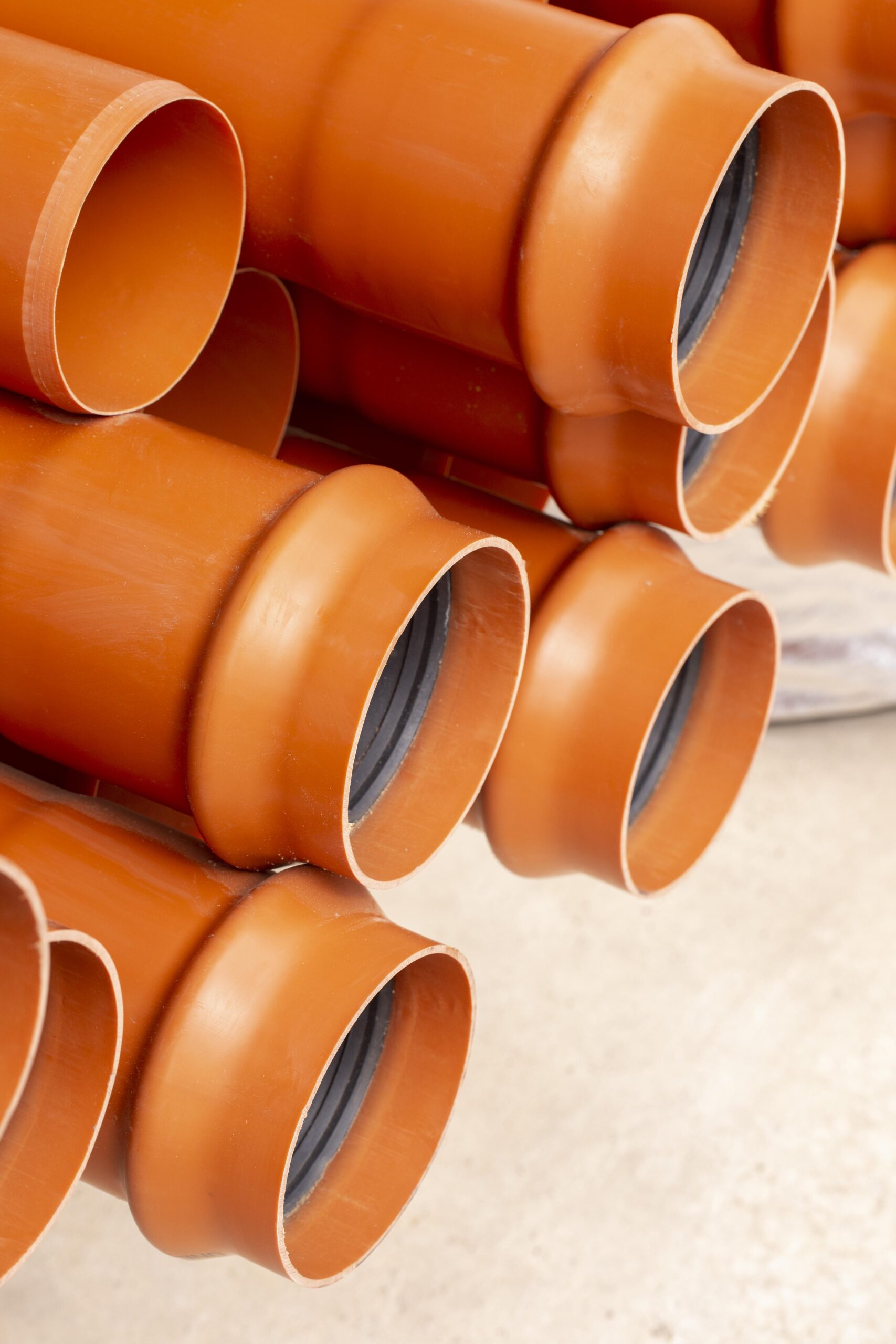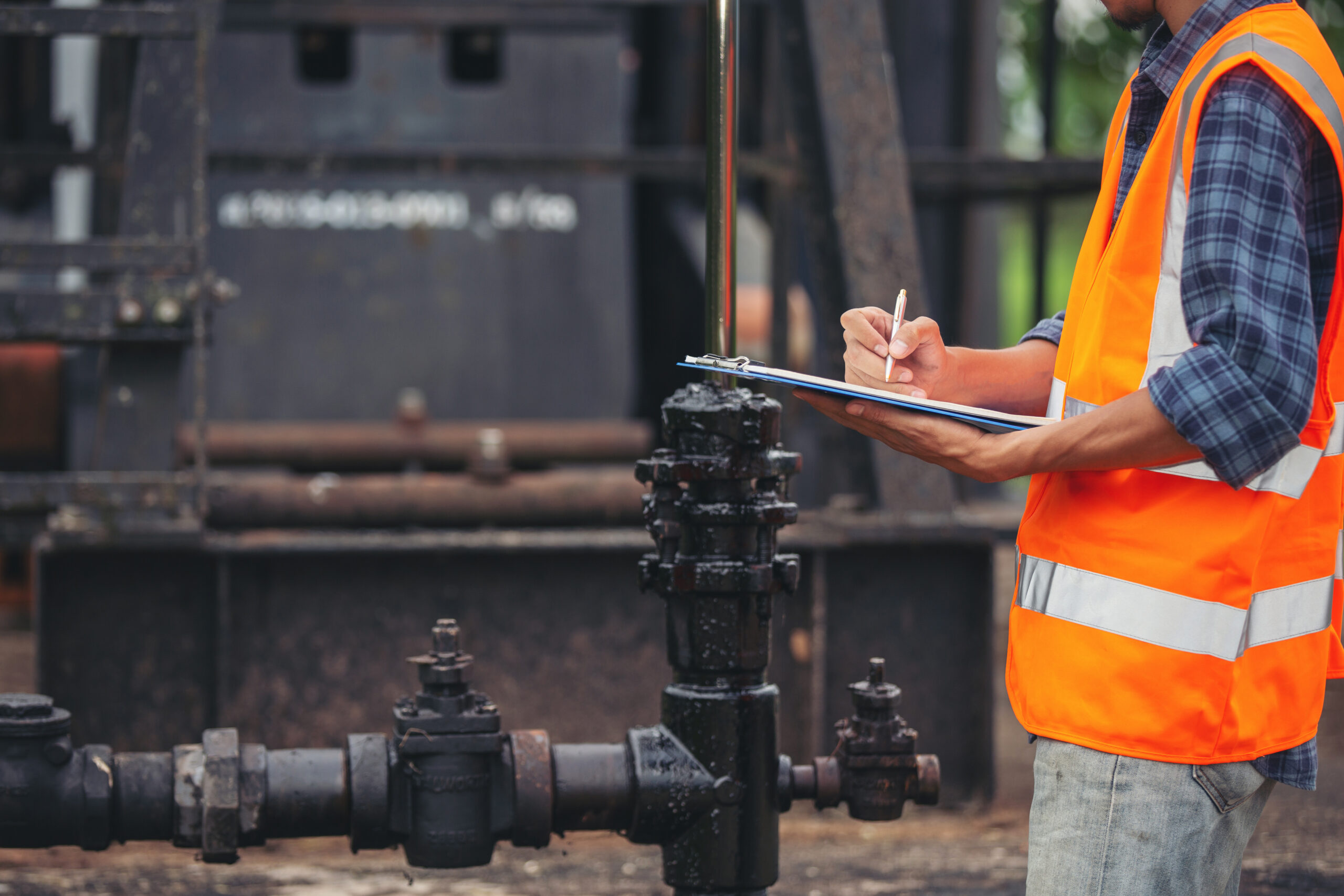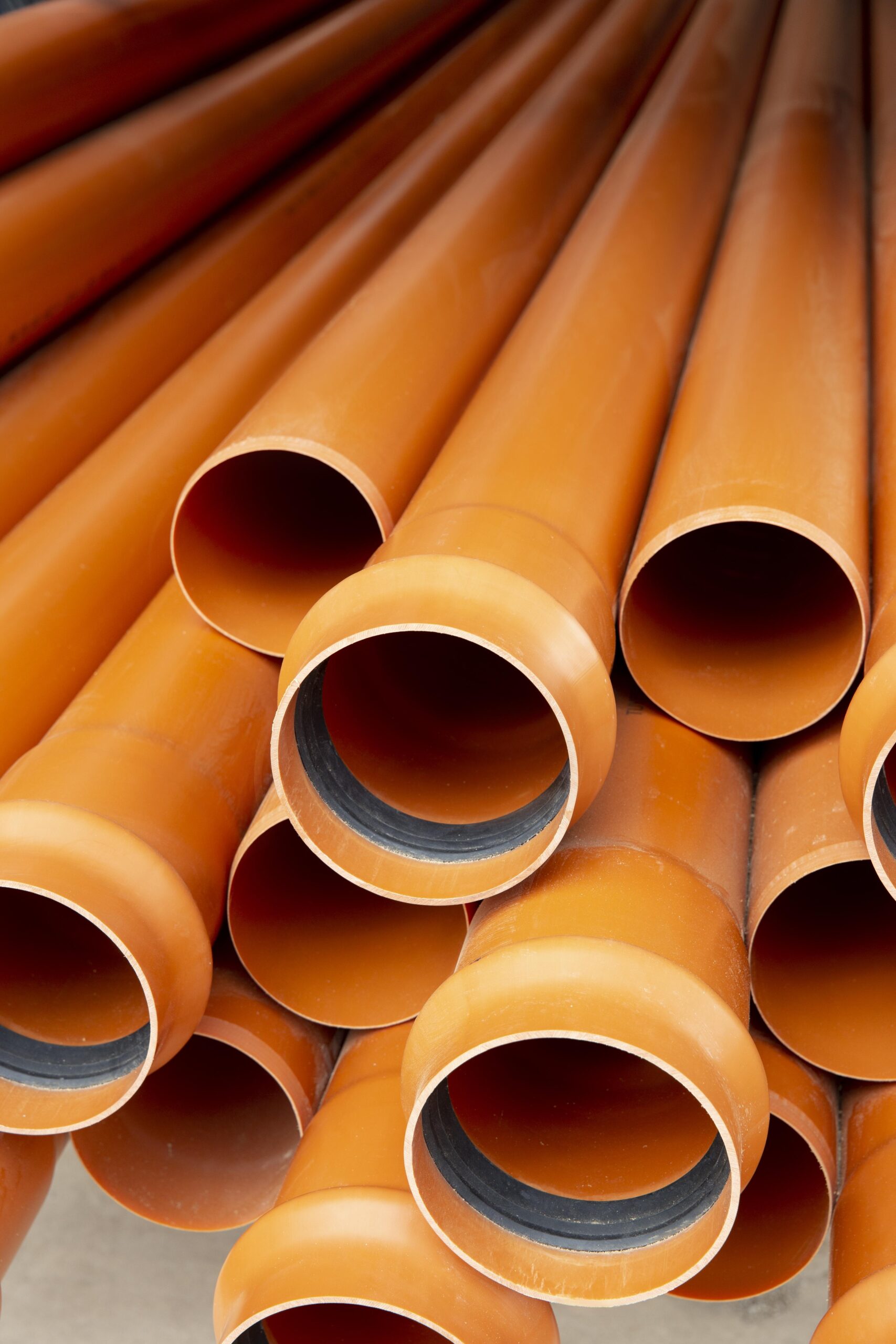Galvanized pipes have long been an integral part of plumbing systems, prized for their durability, rust-resistant properties, and overall reliability. Whether carrying water to our homes or supporting structures in industrial settings, galvanized pipes play a crucial role in maintaining the flow of liquids and gasses. However, galvanized pipes are not impervious to the effects of time and environmental exposure like any other material. Over time, even these stalwart pipes can succumb to pipe corrosion, potentially affecting their functionality and aesthetics.
The sight of corrosion on galvanized pipes might be concerning, but fear not – it’s not a reason to sound the alarm bells just yet. With the right knowledge, tools, and elbow grease, you can effectively clean and restore galvanized internal pipe corrosion to its former glory.
In this comprehensive guide, we’ll take you through the ins and outs of galvanized pipe corrosion – what causes it, how to prevent it, and most importantly, how to clean and maintain these pipes to ensure they stand the test of time.
Why Does Galvanized Pipe Corrode?
Here are some reasons why galvanized pipes corrode:
Zinc Coating Breakdown
While the zinc coating provides initial protection, it can break down over time due to exposure to various environmental factors such as moisture, oxygen, and chemicals. As the zinc coating deteriorates, the underlying steel is exposed to these corrosive agents, leading to corrosion.
Mechanical Damage
Physical damage to the galvanized coating, such as scratches, dents, or abrasions, can expose the steel underneath. These damaged areas become vulnerable to corrosion as the protective zinc layer is compromised.
Localized Corrosion
Galvanized pipes can experience localized corrosion, such as pitting corrosion, in areas where the zinc coating is thin or damaged. This type of corrosion can create small pits or holes on the pipe’s surface, eventually leading to leaks and structural weakening.
Chemical Exposure
Galvanized pipes may come into contact with chemicals or substances that can accelerate the breakdown of the zinc coating. For instance, exposure to certain acids or alkalis can compromise the protective layer and contribute to corrosion.
Water Composition
The composition of the water flowing through galvanized pipes can also play a role in corrosion. If the water is highly acidic or contains other corrosive elements, it can react with the zinc coating and accelerate its degradation.
What Are The Signs Of Galvanized Pipe Corrosion?
Discoloration: The underlying steel may discolor as the zinc coating wears away. You might notice reddish or brownish patches on the surface of the pipe.
Rust Formation: Once the zinc coating is compromised, the steel underneath is exposed to the elements, leading to rust formation. Rust can appear as orange or reddish-brown flakes on the surface of the pipe.
Reduced Water Pressure: Corroded pipes may develop internal buildup and scale, which can restrict water flow and lead to reduced water pressure in your fixtures.
Leaks: Corrosion weakens the pipe’s integrity, making it more susceptible to developing leaks. You might notice water spots, dampness, or drips around the affected pipes.
Bad Taste or Odor: Corrosion can alter the taste and smell of your tap water. If you notice a metallic or unpleasant taste or odor, it could be due to corrosion.
Changes in Water Color: Corrosion can sometimes cause the water to appear cloudy or have a brownish tint. This can be a result of rust particles getting into the water supply.
Larger Water Bills: If you have a sudden increase in your water bills, it could be due to leaking pipes caused by corrosion.
Visible Damage: In more advanced stages of corrosion, the pipe may become visibly damaged, with areas that appear pitted, flaked, or perforated.
How to Clean Galvanized Pipe Corrosion?
Materials You’ll Need
- Wire brush or steel wool
- White vinegar or rust remover solution
- Bucket or container
- Clean cloth or rag
- Protective gloves
- Safety goggles
- Rust-inhibiting primer
- Paintbrush or spray paint (galvanized metal paint)
Read: “Epoxy Pipe Lining vs Repiping”
Step By Step Process
Remove Loose Rust: Use a wire brush or steel wool to scrub the corroded areas’ surface gently. This will help remove loose rust, dirt, and debris. Be careful not to scrub too aggressively, as you don’t want to damage the underlying metal.
Vinegar Soak: If the corrosion persists, create a solution of white vinegar and water (1:1 ratio) in a bucket or container. Submerge the corroded parts of the galvanized pipe in the vinegar solution and let them soak for a few hours or overnight. The vinegar will help dissolve and loosen the rust.
Scrubbing and Rinsing: After soaking, use the wire brush or steel wool again to scrub the corroded areas gently. This should remove the remaining rust and any loosened particles. Rinse the pipe thoroughly with clean water to remove any vinegar residue.
Rust Remover: If vinegar doesn’t fully remove the rust, you can use a commercial rust remover according to the manufacturer’s instructions. Wear protective gloves and follow safety guidelines while using the product.
Rinse and Dry: Rinse the pipe thoroughly with clean water to remove any traces of the rust remover solution. Dry the pipe with a clean cloth or rag to prevent pipeline corrosion in the future.
Apply Rust-Inhibiting Primer: To prevent corrosion, apply a rust-inhibiting primer to the cleaned and dried pipe. Follow the manufacturer’s instructions for application. Then, allow the primer to dry completely.
Painting (Optional): You can apply a coat of galvanized metal paint to the primed surface for extra protection and a finished appearance. This paint is specifically designed for galvanized metal and provides additional corrosion resistance.
Conclusion
Understanding how to clean galvanized pipe corrosion is essential for maintaining the longevity and efficiency of your plumbing system. Remember, prevention is key – regular inspections and maintenance can significantly reduce the chances of corrosion taking hold. By taking the time to clean and maintain your galvanized pipes, you’re ensuring the smooth functioning of your plumbing and contributing to the overall well-being of your home and the environment.
We also suggest reading out: “Pros & Cons of Epoxy Pipe Lining”
FAQs
What are the risks of cleaning galvanized pipe corrosion?
If you are careful, cleaning galvanized pipe corrosion can protect the pipes. Using a mild cleaner and avoiding harsh chemicals or abrasive materials is important. You should also wear gloves and goggles to protect yourself from chemical exposure.
How long does it take for galvanized pipe to corrode?
The lifespan of a galvanized pipe can vary depending on several factors, including the type of pipe, the environment it is in, and the amount of exposure to water and chemicals. However, in general, galvanized pipes can last for 40 to 100 years.
How often should I clean galvanized pipe corrosion?
The frequency with which you need to clean galvanized pipe corrosion will depend on the severity of the corrosion and the environment in which the pipes are located. It would help if you generally cleaned the pipes every few years or as needed.
Why is it important to clean galvanized pipe corrosion?
Cleaning galvanized pipe corrosion is essential to ensure the longevity and efficiency of your plumbing system. Corrosion buildup can reduce water flow, leaks, and even pipe failure. Regular cleaning prevents these issues and helps maintain water quality and system performance.
What are the alternatives to galvanized pipes?
There are a few alternatives to galvanized pipes. These include:
- Copper pipes
- PVC pipes
- PEX pipes

